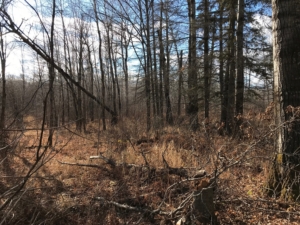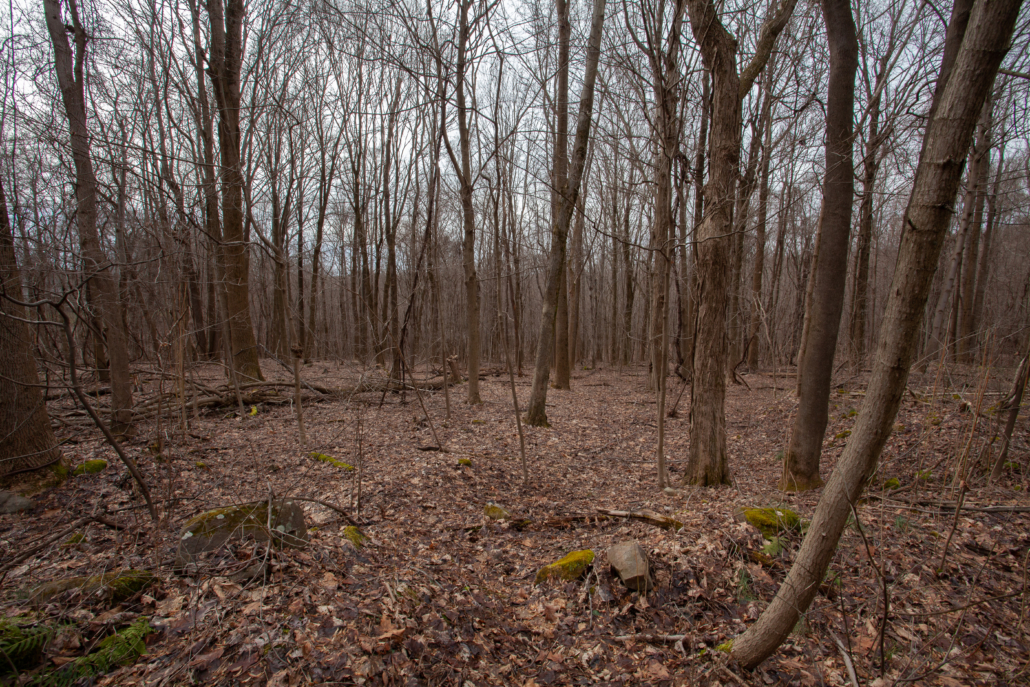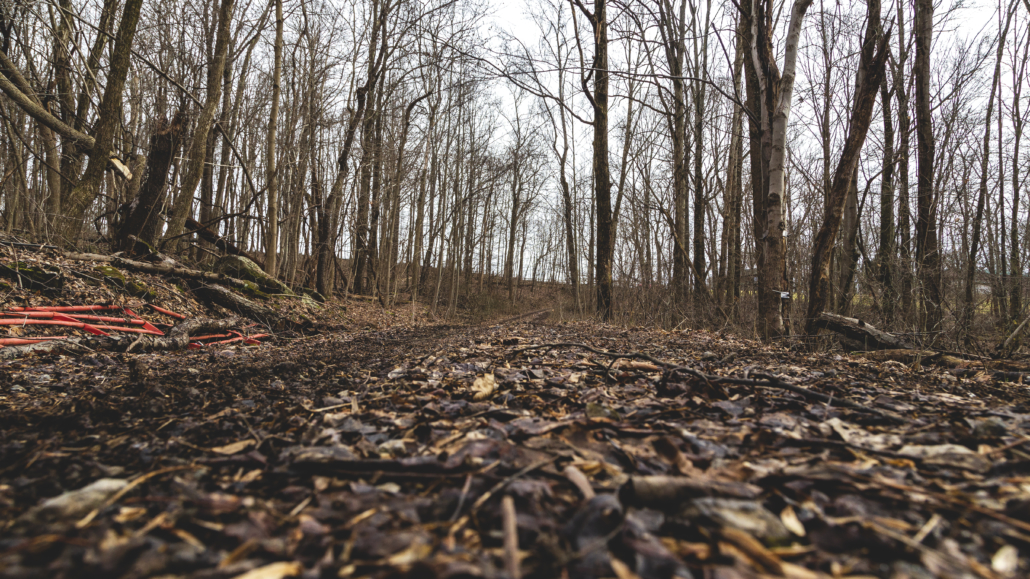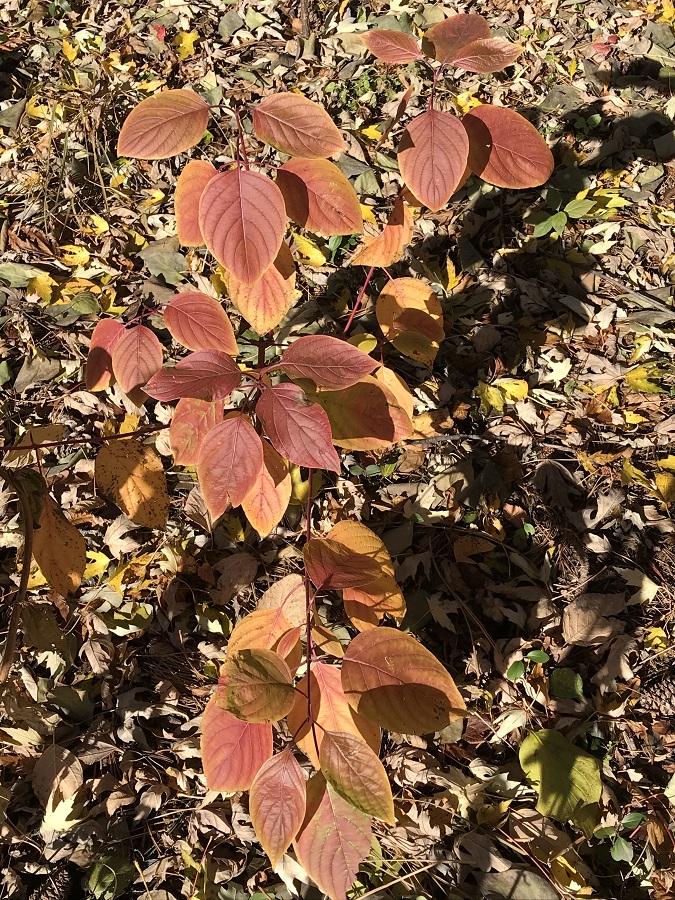What You Should Know About Selling Timber
You’ve been eyeing that chunk of woods on your property for a while now, thinking it might be time to cut it. Maybe it’s always been there throughout your lifetime and you’ve heard a lot about the benefits of cutting trees. But you’re just not sure how to start, or whether it’s even a good idea. Inevitably, one of the first questions you will ponder is, “How much are my trees worth?” There are several steps involved in selling timber, but there is a lot of professional advice you can seek for it. The biggest thing to remember is that you generally can’t undo a large-scale forestry operation within your lifetime, so it’s critical to take your time and do it the right way. Here are some tips to follow to not get burned.
Why Are You Selling Timber?
First, why are you considering selling timber at all? There are many reasons people cut trees on their land, including a few common ones below:
- Depending on current timber prices, you could make some money. If this is the only reason you’re thinking about cutting timber (but aren’t excited about removing your park-like trees), there are other options that don’t involve cutting. In fact, you can make a healthy side income without cutting your trees at all.
- Maybe you’re interested in improving wildlife habitat. Mature forests do provide habitat for some wildlife species, but most wild game animals (e.g., white-tailed deer, turkeys, grouse, rabbits, etc.) need young, early-successional forest habitats too. These areas provide a very large amount of nutritious food sources, in addition to ample nesting or fawning cover. Whereas mature forests might provide some hard mast (e.g., oak acorns), but very little cover or food otherwise.
- Perhaps you are more interested in the overall health of your forest. As woodlands mature, the amount of dead and dying trees increases. Harvesting trees reset this process and get a new flush of young trees growing in its place.
- Or maybe you’re interested in all of these at the same time. After all, if you can improve the health of your forest, land, and wildlife while making some money, why wouldn’t you?
Determining How Much Your Timber is Worth
So how much can you make selling timber on your land? There’s no easy answer to that question because there are so many variables involved (e.g., species, age, and quality of trees; current timber prices; availability and interest of loggers in your area). Additionally, the timber value per tree can vary so much due to how it will be used – selling pine trees for pulp will fetch a much lower price than some of the most valuable trees (e.g., oak, walnut, cherry, etc.), which could be used for veneers. Some states with less timber (e.g., Texas, South Dakota, etc.) may have a harder time earning good money from a harvest, while other states with lots of high-quality timber production (e.g., Minnesota, Ohio, West Virginia) could be better suited for this.
So if you’re selling timber and want to get a good estimate of how much you can earn, the best answer is to consult a professional forester. State agencies, non-profit conservation groups, and private consulting companies have foresters who can help with this. Try searching online for “forester near me” or something to that effect. They can come out to your property and conduct a timber cruise. During their inventory/survey, they will identify all merchantable trees to be cut and estimate their volume based on height and diameter at breast height (dbh). After the timber cruise, the forester can then use current logging costs and the stumpage price for timber to provide you the potential value of your forest stand.
How to Sell Timber on Your Property
Once a professional forester has inventoried your property and prepared some kind of a timber management plan, they can often help connect you with loggers/timber buyers in your area, who will come to your property with various logging equipment depending on the layout of your land. It is important to use someone they refer because not all loggers are the same. Some bad eggs will choose profit to them over the health of your forest, which could destroy your property’s forest stand for decades. Responsible loggers (which is most of them) will be careful to only harvest the designated trees and minimize damage to other trees or the ground surface.
Forestry Considerations
To that point, there are a few things you should consider when it comes time to actually do the timber harvest. Be sure to discuss these ahead of selling timber and develop a signed contract so everyone is on the same page.
- First, you should make sure the logger you hire is insured. Logging can be a dangerous business, and some devastating things can happen. To make sure you won’t be held responsible for something they do, make sure they carry adequate liability and property damage insurance.
- After the logs are removed, the treetops and branches (collectively called “slash”) are left behind. Make sure you include in your contract how the logger is to manage the slash. If it’s not too substantial, a logger could leave it in place to rot, or they may pile it together in certain areas to serve as wildlife habitat or to burn at a later date.
- Depending on how your property is laid out, a logger may need to clear or improve logging trails to get to the trees and remove them. Check to make sure this is also included in the bid and contract. Having a network of good trails on your property helps with future management, and can be a benefit for leasing as well.
- Additionally, you should identify erosion concerns if the logging is to take place when the ground is not frozen. Heavy equipment can quickly compact and rut wet ground, which could be a lasting impact for years. If there is damage, ensure your contract requires them to re-grade it before leaving.
What to Do After Harvesting Timber
After selling timber, you might feel a little nervous about your decision. After all, logging has a very dramatic change on the landscape – especially if you did a clearcut. But even though it looks messy initially, the area will change drastically within a single growing season as new growth sprouts back. Here are some other things you can do at this time.
- Plant additional trees or shrubs. If you’d like to introduce some different high-value tree species or wildlife-friendly shrubs, this is the time to do it. Plant them in the spring or fall and put a cage around them to keep wildlife from browsing them.
- To minimize erosion issues on logging roads or log landings, try seeding them with annual and perennial plants. Ryegrass and clover generally establish very fast and attract wildlife, while native plants may take another growing season to establish.
- Use the new access trails to further improve your remaining trees. For example, conduct timber stand improvement (TSI) activities (such as pruning) to make the remaining trees healthier and grow faster.
After doing a timber harvest, you can also often earn a higher price on leases because the habitat is improved for wildlife. As mentioned earlier, many wildlife species use small openings and regenerating forestlands at some point throughout the year.






Leave A Comment